Copper sulfate against mold fungus on the walls in the apartment, an affordable, effective remedy. Copper sulfate or a salt of copper acid is highly soluble in water; a chemical compound crystallizes from an aqueous solution: pentahydrate copper sulfate CuSO4·5H2O - copper sulfate. It occurs in nature as the mineral chalcanthite.
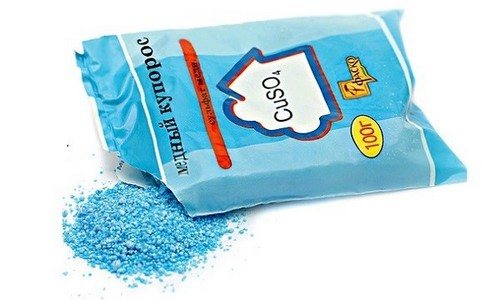
An aqueous solution of copper sulfate is widely used to prevent rotting of wooden and roofing coverings, to remove rust from pipes during leaks, and to cleanse salt secretions (efflorescence) from concrete and brick surfaces. It has fungicidal, antiseptic and fire-resistant properties, which is especially important when treating wooden surfaces. An aqueous composition of copper sulfate is applied to the surface as a preventive, antibacterial base before applying other coatings. Copper sulfate is sold in hardware and construction retail outlets, and in garden supply stores.
Despite their beneficial properties, molds can cause serious harm to human health. Mold appears as a small spot on the surface. The affected area gradually increases, affecting the deeper layers of the material. Mold spores in huge quantities are constantly present in the air in a “dormant” state, until favorable conditions for their reproduction appear. Favorable conditions for their reproduction are a warm, moist nutrient medium.Any surface affected by fungal rot leads to physical destruction. Mold fungi spread everywhere in colonies, affecting ceilings, apartment walls under wallpaper, bathrooms and toilets, kitchens, as well as concrete, brick, and wooden surfaces.
The main location of a person is home. If there is high humidity in the house, poor ventilation, as a result, mold fungus will settle in your house. If you do not start a timely fight to remove the fungus, then walls, ceilings, furniture, floors will be affected and damaged and cause serious harm to the health of those living in the house.
The main causes and signs of mold in the apartment
The cause of mold in an apartment is high humidity, warm air, malfunction of the ventilation system.
The appearance of fungus on the outer panels of the house or on the ceilings indicates a defect in the building materials or poor-quality masonry, poor-quality seams between the panels. The basis for the formation of plaque may also be uninsulated walls, freezing of the panel, or accumulation of condensation between the seams. Fungal plaque forms on concrete, brick and wooden walls, with high humidity and poor ventilation.
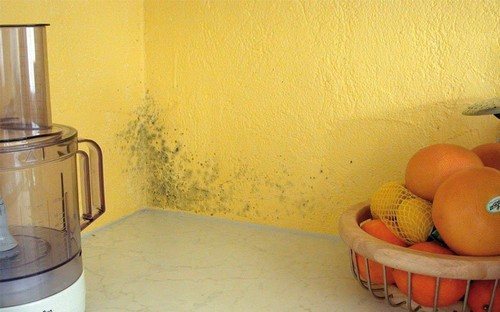
In the bathroom, toilet room, and kitchen, mold also appears due to excess humidity and poor ventilation. The cause may be a lack of tightness, leaking water pipes, faulty ventilation, poor-quality sealing of the junction of the bathtub and the wall facing material, or leaking sewer pipes. If the seal is broken, water leaks through it.This leads to the formation of puddles in poorly ventilated areas of the bathroom, causing rot and dampness. Continuous accumulation of water in bathroom floor joints will cause water to leak into the lower floors or basement.
If the apartment is on the lower floors or a private house, the cause of excess humidity may be a damp basement.
Damage to the walls of a house by mold fungi has characteristic signs:
- The first sign of presence is the damp smell of the “cellar”;
- Fungal plaque quickly grows in lesions and destroys the affected material.
There are different ways and methods of combating fungal mold removal, the most popular due to its effectiveness and efficiency is treating the affected surfaces with an aqueous mixture of copper sulfate.
Preparing the walls
To ensure that our efforts to eliminate mold are not in vain, we must take the following steps:
- The first step to eliminating plaque is to detect and then eliminate the source and cause of the occurrence. Inspect all surfaces, corners, pipes, sewers, wall joints, basement, the causes of dampness are eliminated. Provide air exchange for full air flow.
- Clean the entire affected surface using brushes, a spatula, and sandpaper.
- If the fungus has penetrated into the deep layers of the wall, you need to get to it, clean it, neutralize the main mycelium, if you need to replace a fragment, to do this, use a spatula to remove all layers of paint or wallpaper to the base.
- To achieve greater efficiency, wash the surface with soapy water.
- Next step: dry after stripping.
- We treat the walls with a fungicidal mixture of copper sulfate.
To treat a basement or cellar with copper sulfate, you need to empty the cellar of all shelves, cabinets, and wooden boxes and take it outside. If wooden objects are severely rotten, then it is better to replace them. If the damage is partial, leave them to dry in the sun, as ultraviolet rays kill the fungus, then treat them with a blowtorch. Clean the cellar itself and treat all surfaces with the composition.
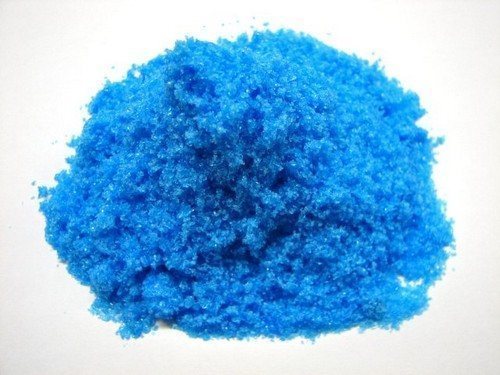
Processing order
You should follow the procedure and instructions for use when treating a room with a fungicidal composition:
- Dissolve from 100 to 400 grams of vitriol in 10 liters of warm water, stir until completely dissolved;
- Using a roller or paint brush, or simply a sponge, apply the prepared composition to the entire surface to be treated, then dry;
- Dry for 5-6 hours or with a hair dryer. You can apply the finished mixture using a brush, roller, sponge or spray;
- You can apply up to 5 layers, but after each layer you need to maintain a drying time.
- You can use the treated room no earlier than after 2 days; ventilate well first.
Precautionary measures
Copper sulfate is toxic and should be handled very carefully:
- Prepare the antifungal mixture immediately before use and use within 10 hours.
- Prepare the mixture and store it not in a metal container. Copper corrodes iron and other metals.
- Toxic fumes of copper sulfate cause poisoning and vomiting, use with caution. Follow safety precautions, wear a respirator or mask on your face. Do not allow the powder to become dusty during work; after finishing the treatment, you must wash your face.
- The powder itself is harmless to dry skin, but it must be washed off.Wear rubber gloves and closed clothing.
- When treating a room with an antibacterial composition, turn on the hood or open a window.
- If you are poisoned by copper salt vapors, consult a doctor immediately.
After treating the room with a solution of sulfuric acid salt, do not allow conditions for the reappearance of the fungus. Monitor humidity, air exchange and temperature in the room. Leave gaps between the wall and furniture for air circulation. Monitor the condition of water pipes and plumbing fixtures. Ventilate the apartment regularly. After high-quality treatment of the walls with an antifungal composition and compliance with the above conditions, the re-formation of mold fungi is excluded.


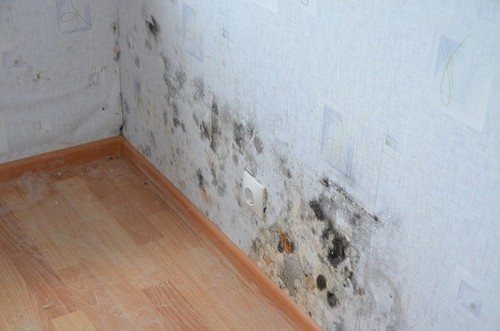


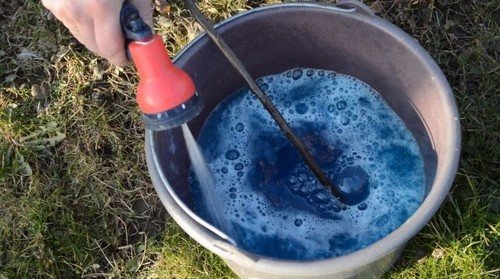
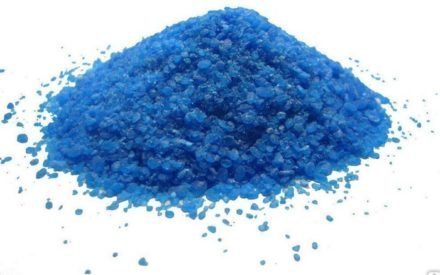
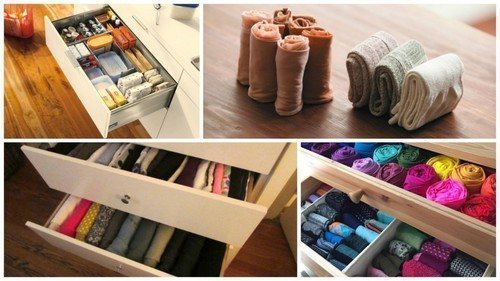

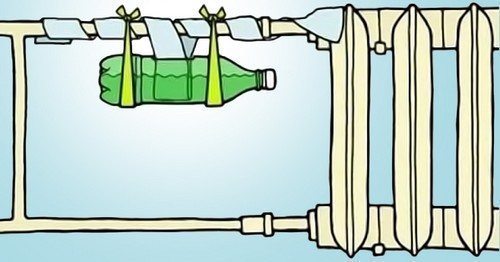
COPPER corrodes iron and other metals.
did the anonymous author go to school?